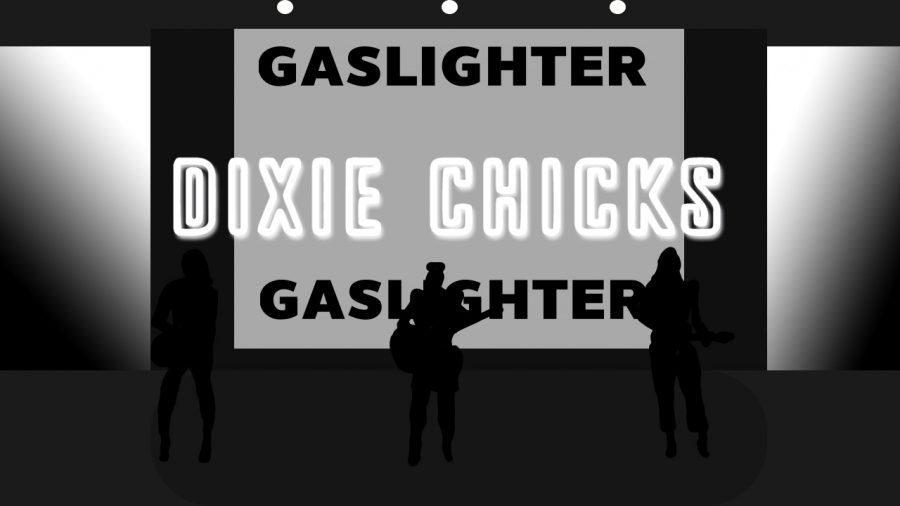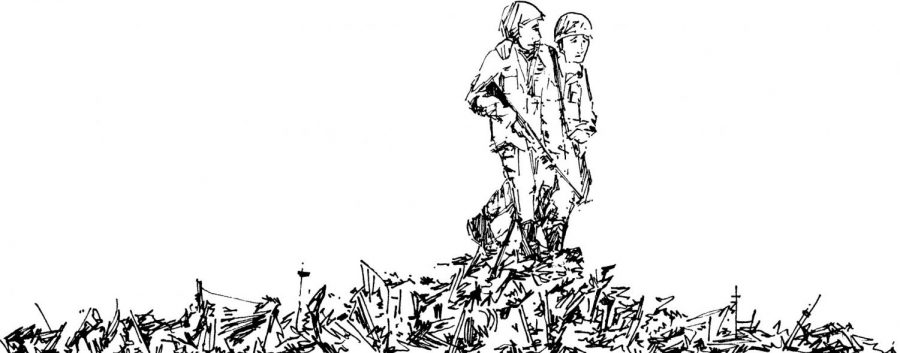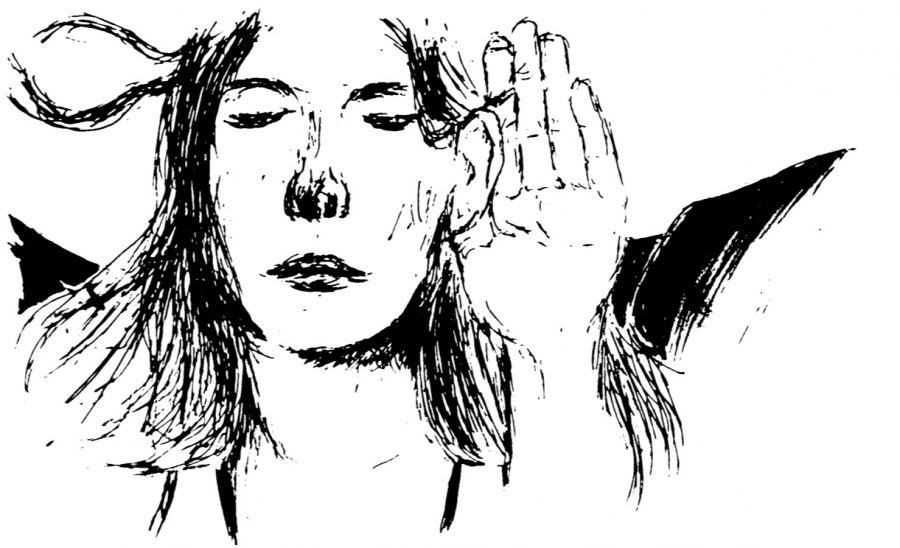This I believe: When Charles Dickens is your editor, you pretty much cannot go wrong.
Such a lucky bug was Elizabeth Gaskell, who reportedly wanted to name her fourth novel “Margaret Hale,” after the main character. Dickens advised her that the book would be better summed up by the basic conflict within the novel: north versus south. Just to be clear, this refers to the North and South of Great Britain, where in the 1800s, the North was considered rough and overrun with low-class merchants, while the South was more refined and proper: sunny hillside villages. Rose bushes. Marmalade.
And what happens, you may ask, when marmalade strays into the concrete jungle’s British prototype? Gaskell, fascinated by the class struggles of the industrial revolution, explores this phenomenon … and throws in a little romance for those of us who can only take so much angst before needing a little love break.
The basic plot rundown: Margaret Hale is the daughter of a parson living in the idyllic and flower-ridden village of Helstone. When her father finds himself doubting certain aspects of the Church of England, he decides that it is his moral duty to give up his post in Helstone and find employment elsewhere. That Elsewhere is in the industrial, smoky North: a fabrics town called Milton. There Margaret experiences the most aching sadness of her life as she watches her family break down and the masters and workers of Milton collide. One of the masters, John Thornton (who is perfect in every way except for the fact that he takes “mama’s boy” to a whole new level), has a certitude and stubbornness that absolutely irks Margaret to no end.
But that’s the perfect start for a romance, isn’t it? Mayhaps, my dear reader, mayhaps. In all honesty, though, this is a seriously important book to read for many reasons: First of all, it’s an industrial novel written by a woman in the 19th century. This is reason enough to crack it open. However, it’s also an incredibly solid and engrossing story that is able to be both a romantic drama and an elucidation on the points of view of both the upper and the working classes, with the headstrong Margaret as the liaison between the two.
I guess what I’m trying to convey here is that reading “North and South” is like killing two birds with one stone: It takes care of both the guilty pleasure and the intellectual whatever. Also, be sure to see the movie; it’s almost better than the book. But it takes about the same amount of time to get through.







